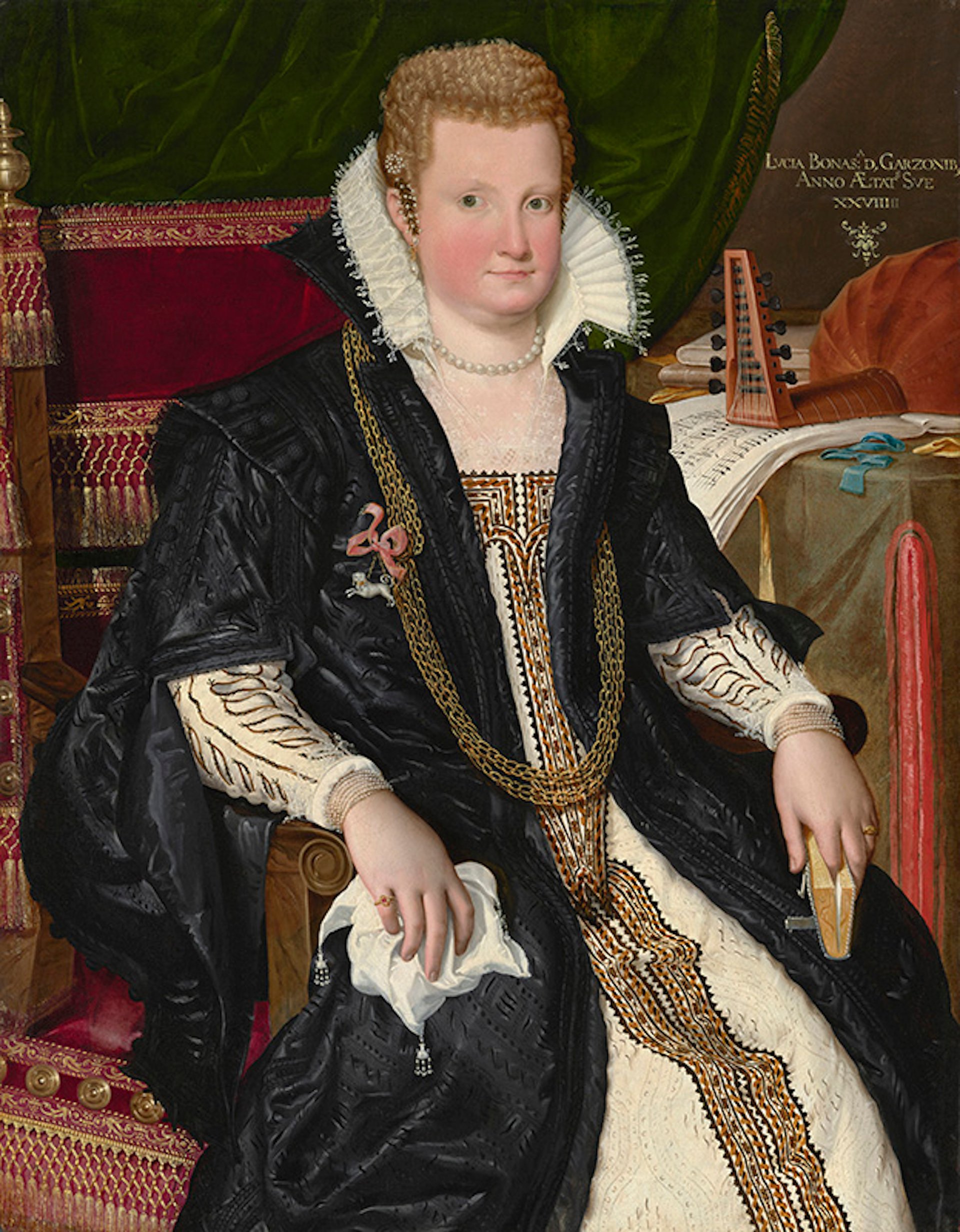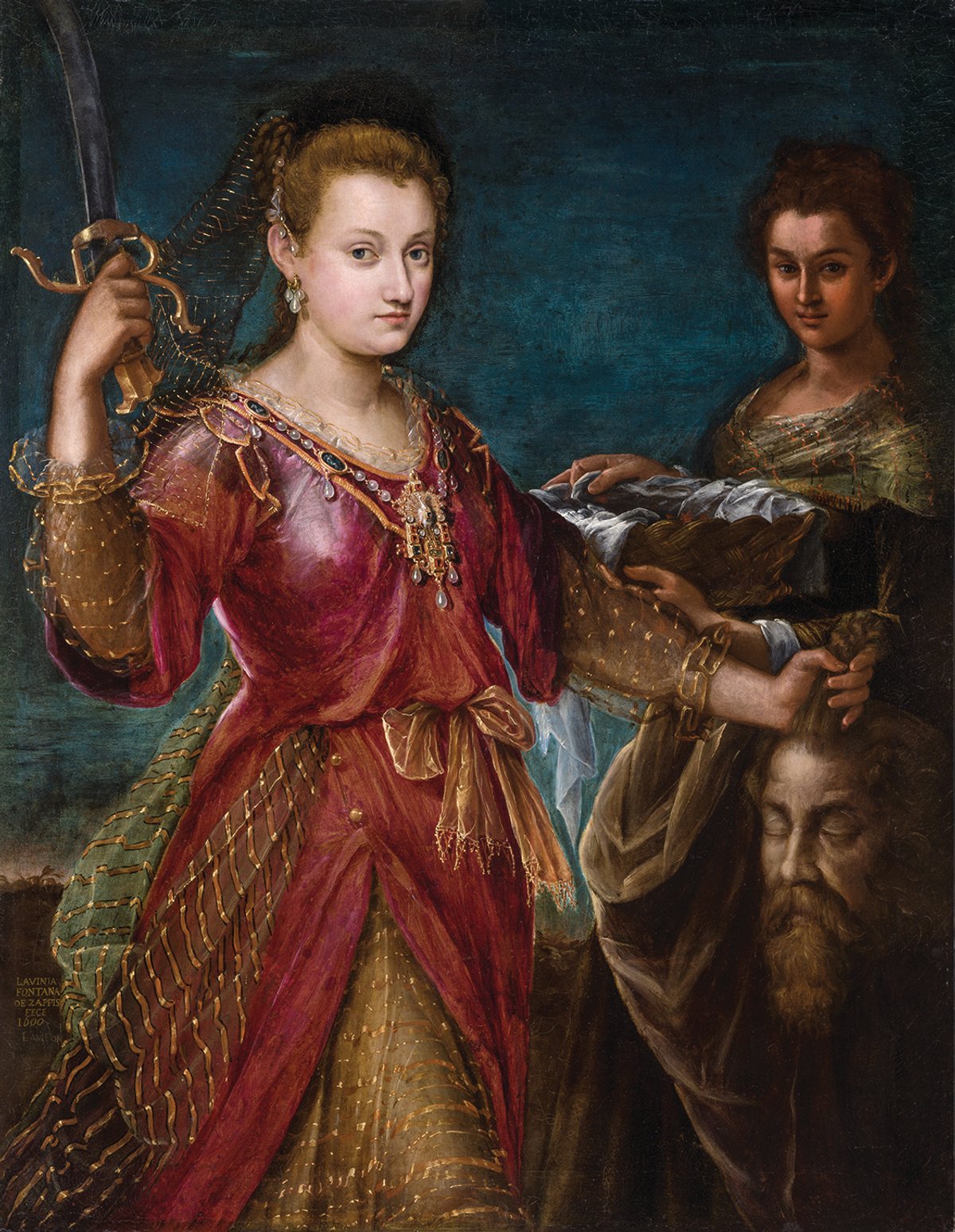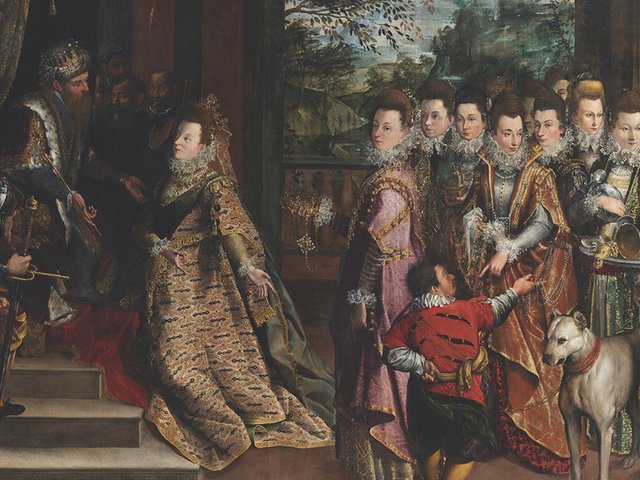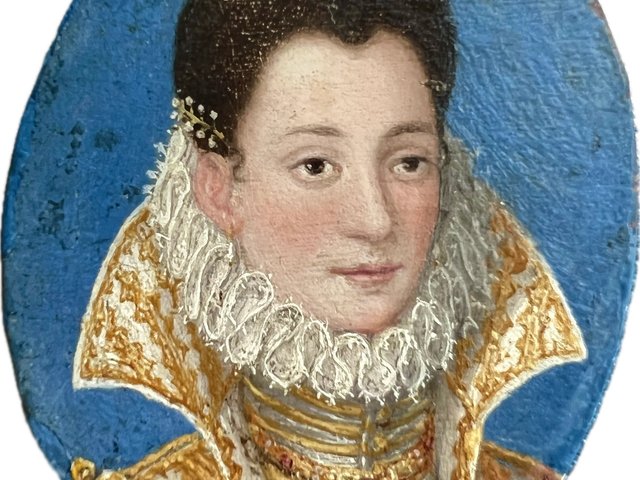Lavinia Fontana (1552-1614) is widely considered the first woman in Western art history to be a professional artist. Although others before her were noted painters within the context of a convent or a court, Fontana ran her own thriving studio in her native Bologna and later in Rome. The National Gallery of Ireland, home to Fontana’s largest and most ambitious known painting, The Visit of the Queen of Sheba to King Solomon (1599), is dedicating a major monographic exhibition to the artist.
With around 50 paintings and works on paper, Lavinia Fontana: Trailblazer, Rule Breaker will explore the “many firsts” of her career, says its curator Aoife Brady, and focus on her specialism—portraiture—for which she became the artist of choice for Bolognese noblewomen. But it will also address her unprecedented work on large-scale public altarpieces and her portrayal of female nudes at a time when women were not permitted to study human anatomy.
Fontana’s training as a painter seems to have been a matter of financial necessity. Her father Prospero, himself an esteemed portraitist, was ill and viewed his youngest daughter as “a prospect to keep the family going”, Brady says. Fontana’s arranged marriage to Gian Paolo Zappi was suitably unconventional, enabling her to pursue an artistic career. Their 1577 wedding contract, which will appear in the first room of the exhibition, stipulated that she had no dowry, and they would both earn a living in her father’s house.

Fontana's The Visit of the Queen of Sheba to King Solomon (1599) National Gallery of Ireland
Though biographers of the time are hazy on the details, Fontana worked prolifically—and strategically—over the following decades while also bearing 11 children. “She knew how to market herself,” Brady says. “While her father and her husband gave her the circumstances in which to operate, it seems she was responsible for a lot of the negotiation and diplomacy that comes with being a successful artist in the Renaissance.”
Her rise coincided with a period when women in Bologna had greater opportunities to participate in public life, including as patrons for charitable organisations and the arts. These “elite cliques” became Fontana’s core clientele. Her finely detailed Mannerist portraits, with their sumptuous rendering of clothes and jewels, were seen as “a must-have for these women’s homes”, Brady says. Among the examples in the exhibition is the monumental Gozzadini Family group portrait from 1584, the first documented commission from a female patron to a female artist.
It’s extraordinary how much has come out of the woodworkAoife Brady, curator
Fontana’s style can appear “very academic” to contemporary eyes in comparison with the gritty naturalism pioneered by her near-contemporary Caravaggio, Brady notes. The Dublin show will display her art alongside rare Renaissance textiles and fashion accessories in an attempt to “break down those walls”, Brady says, and immerse gallery visitors in “the world of late 16th-century Bologna”.
It is only in recent decades that Fontana’s technique, and that of other overlooked women artists through history, has begun to be studied in depth—giving rise to new discoveries of her work. “It’s extraordinary how much has come out of the woodwork,” Brady says. The tally of securely attributed pictures now stands at around 130, though, she adds, “I might be able to give you a different figure after the exhibition ends.”
Brady was involved in the recent attribution of three pieces coming to the show from US collections. The Getty is lending its newly acquired oil-on-copper painting The Wedding Feast at Cana and the preparatory ink drawing, dated to Fontana’s early career in the late 1570s. And the National Gallery of Art in Washington, DC, will send Portrait of Lucia Bonasoni Garzoni (around 1590), which it recently acquired after it surfaced at auction in Spain in 2021.

Fontana's Portrait of Lucia Bonasoni Garzoni (around 1590) National Gallery of Art, Washington
Another “exciting reveal” will be Judith with the Head of Holofernes (1600) from Bologna’s Museo Davia Bargellini, which underwent restoration especially for the exhibition. Its shadowy, “almost Caravaggesque” background was found to be a later overpainting and has now been cleaned away to expose a bright palette that “completely changes our reading of the work”, Brady says.
One of the goals of the show is to foreground Fontana “as an artist and not just a woman”, Brady says, hopefully inspiring further technical research into her still-mysterious studio practice. “It’s going to be really important for future scholarship for us to all have a good grasp of exactly how she worked, because otherwise it’s impossible for us to untangle her oeuvre.”
• Lavinia Fontana: Trailblazer, Rule Breaker, National Gallery of Ireland, Dublin, 6 May-27 August





